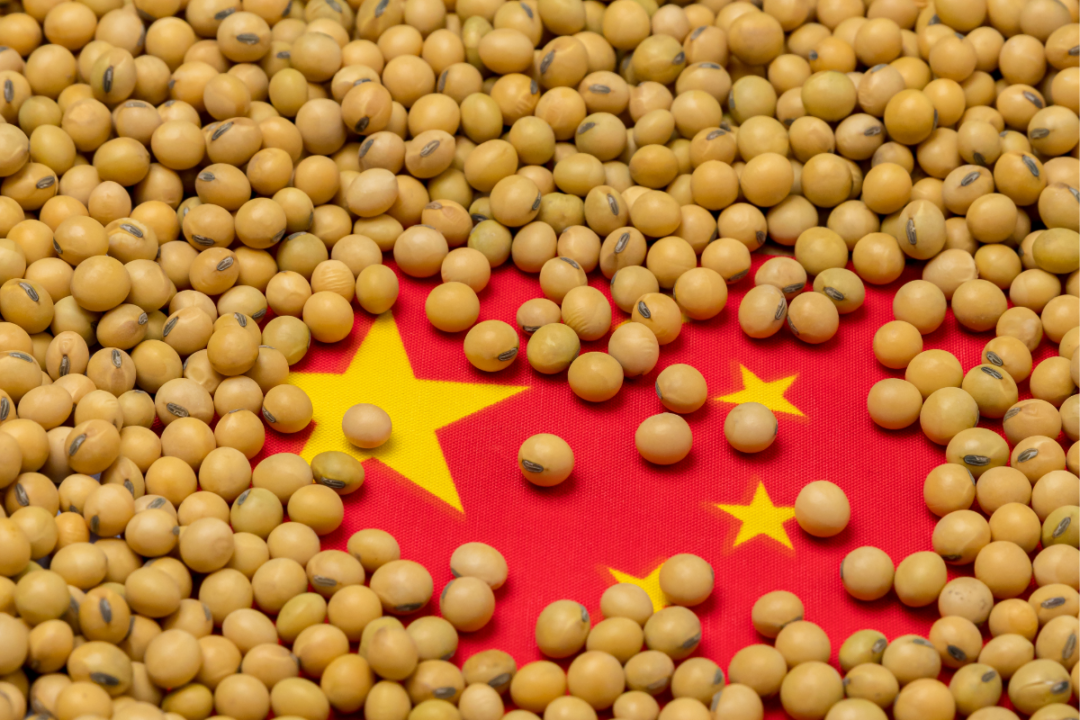China’s soybean demand likely to remain soft until May amid poor crush margins

Demand from the world’s top soybean importer China is expected to ease until at least May amid poor crush margins and the reduced use of soybean meal in animal feed, market sources said April 5.
The country’s open demand for April is seen plunging 20% from previous estimates to 8 million mt, while for May, demand is seen falling 10% to 9 million mt, the sources said.
An oversupply of soybeans earlier in the year has led to high inventories, which were weighing heavily on crush margins.
China imported 16.17 million mt of soybeans between Jan. 1 and Feb. 28, up 16% year on year and a record for the period, latest General Administration of Customs data showed.
Buoyed by a sudden surge in soybean demand following the removal of zero-COVID restrictions in December, higher-than-expected imports of raw beans in January and February have resulted in an overproduction of soybean meal, crusher sources said. This is happening at a time when hog demand is weak, providing a double blow to crushers.
China typically imports 95 million-97 million mt/year of raw soybeans and processes over 80% into protein-rich soybean meal-based animal feed, catering primarily to its enormous pork industry.

However, the outlook for soybean meal consumption in the country’s pork sector is weak until at least mid-2023, analysts said.
While soybean meal remains the most widely used protein feed ingredient in China, its share of the feed mix has been steadily declining since the country’s Ministry of Agriculture and Rural Affairs issued guidelines in 2021 on reducing soybean meal usage in animal feed in a move aimed at curtailing dependence on oilseed imports amid rising concerns surrounding food security.
The ministry targeted reducing the soybean meal inclusion rate in feed by 1 percentage point in 2022 from 15.3% in 2021 and further to 13.5% by 2025, the US Department of Agriculture’s Foreign Agricultural Services said.
Some China-based feed companies have since slashed their soybean meal inclusion rates to as low as 10% from the typical rate of 15%, the USDA said March 20.
Swine and poultry producers have also reduced soy inclusion rates in a bid to cut costs since 2021, driving down demand for imported soybeans, the USDA said.
An oversupply of hogs, coupled with higher year-on-year soybean prices, have squeeze returns for breeders and prompted cost-cutting.
China’s swine sector – the world’s biggest – has been grappling with oversupply since 2022 and high feed costs have seen breeders incur substantial losses, a Shanghai-based agricultural consultancy said.
However, the headwinds faced by China’s hog breeders are seen as temporary. Soybean imports and meal consumption are forecast to rebound as swine and poultry producers return to profitability and alternative feed inputs, particularly wheat, become less price competitive, analysts said.
“Industry contacts expect more favorable returns on hogs in June and July as supply adjusts to demand,” the USDA said. A return to profitability in the pork sector will likely increase demand for soybean meal, which remains the most widely used protein feed ingredient, it added.
Read also
Wheat in Southern Brazil Impacted by Dry Weather and Frosts
Oilseed Industry. Leaders and Strategies in the Times of a Great Change
Black Sea & Danube Region: Oilseed and Vegoil Markets Within Ongoing Transfor...
Serbia. The drought will cause extremely high losses for farmers this year
2023/24 Safrinha Corn in Brazil 91% Harvested
Write to us
Our manager will contact you soon



